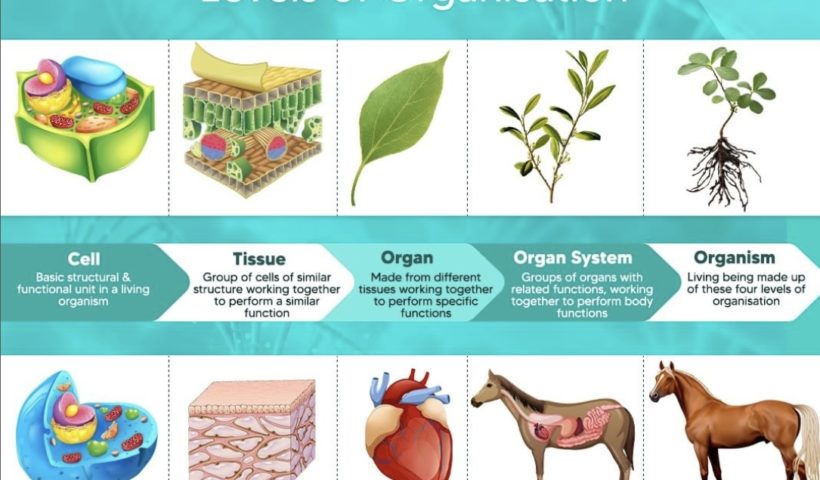[Please watch the video attached at the end of this blog for a visual explanation of Discovering the Complexity: Exploring the Levels of Organization within…
View More Discovering the Complexity: Exploring the Levels of Organization within Organisms | Cambridge IGCSE Biology


